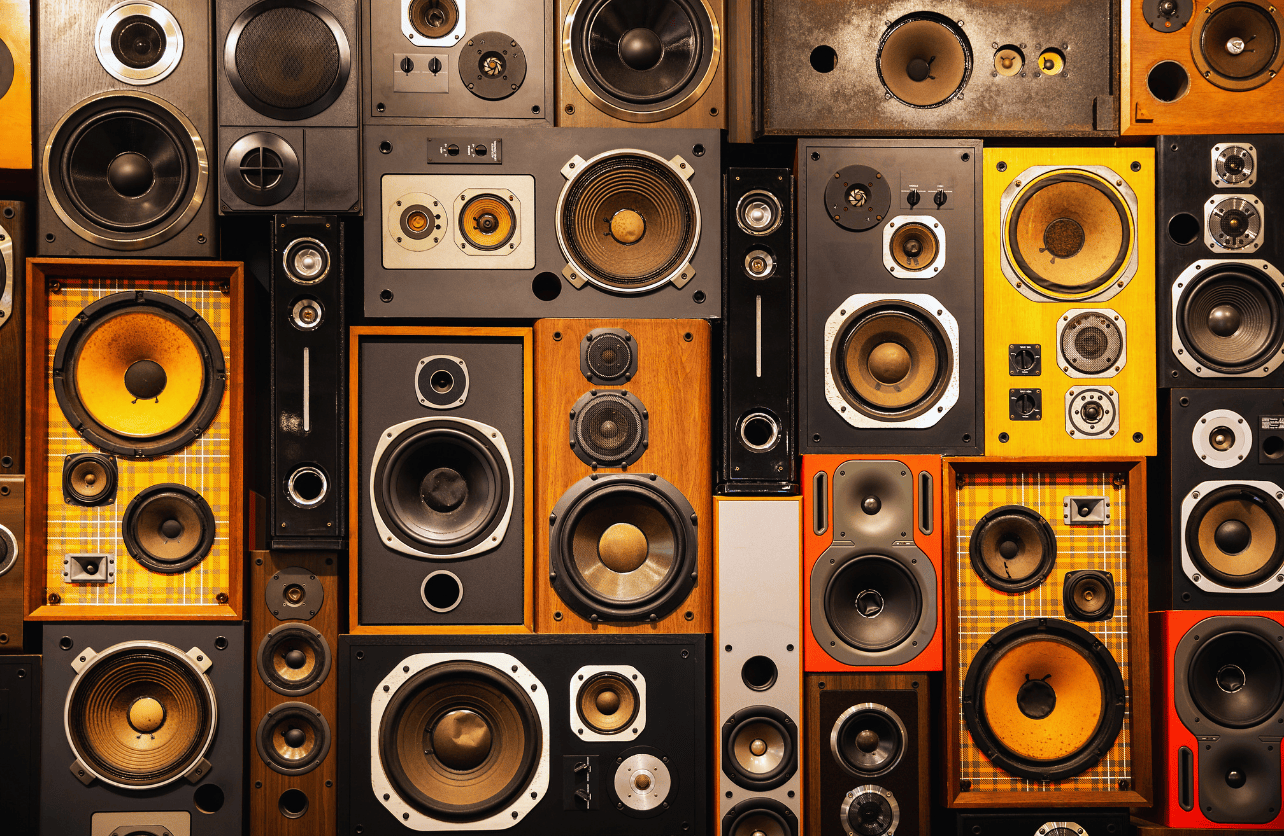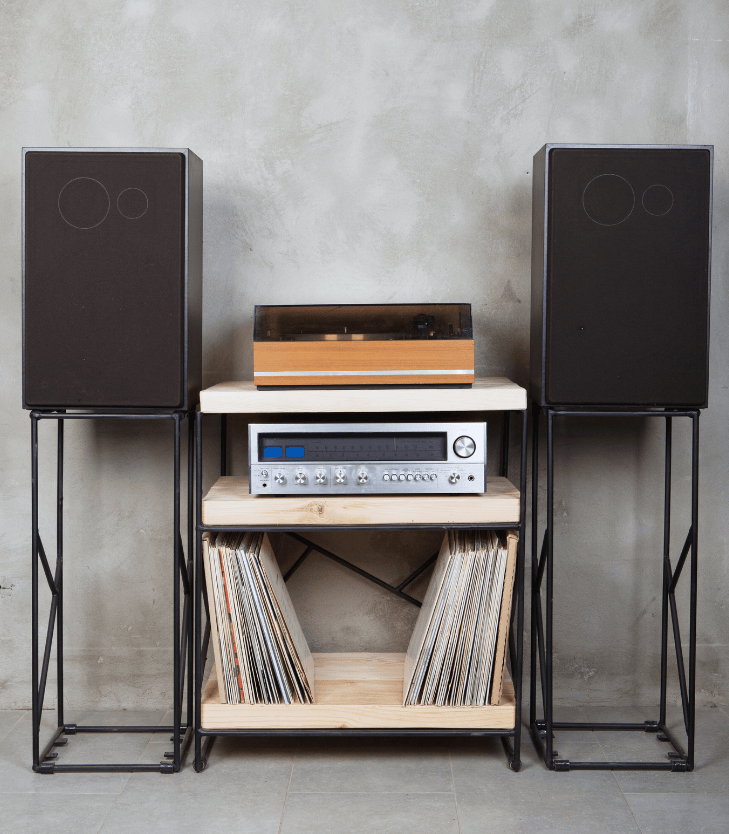Studio Monitors vs. Hi-Fi Speakers: What’s the Difference?

If you’re into music, audio production, or just love great sound, you’ve probably heard about studio monitors and hi-fi speakers. At first glance, they might seem pretty similar—they’re both speakers, after all. But there’s more to the story. Let’s break down what sets them apart so you can figure out which one suits your needs.
What Are Studio Monitors?

All About Accuracy
Studio monitors are designed for professional settings like recording studios, where it’s crucial to hear the music exactly as it is—no sugarcoating. The goal is to provide an accurate and uncolored reproduction of sound.
Key Features
- Flat Frequency Response: They aim for a flat frequency response, meaning they don’t boost the bass, treble, or any other frequencies. This helps producers hear every detail, including any flaws.
- Near-Field Listening: Studio monitors are typically used up close, so the sound reaches your ears directly without bouncing around the room too much.
- Active Speakers: Most are active (powered) speakers with built-in amplifiers matched perfectly to the speaker components.
Who Uses Them?
- Music Producers and Engineers: For mixing and mastering tracks with precision.
- Home Studio Enthusiasts: If you’re recording music or podcasts at home and need accurate sound.
- Critical Listeners: Anyone who wants to hear the music exactly as it was recorded.
What Are Hi-Fi Speakers?

Designed for Enjoyment
Hi-fi (high-fidelity) speakers are all about making your music sound amazing. They’re meant for home audio systems where the goal is to enjoy rich, full-bodied sound. These speakers might enhance certain frequencies to make the listening experience more pleasant.
Key Features
- Enhanced Sound: Hi-fi speakers often boost bass or treble to add warmth and brightness, making music sound more lively.
- Room-Filling Audio: They’re designed to project sound throughout your room, taking advantage of the acoustics.
- Passive Speakers: Most are passive and require an external amplifier or receiver to power them.
Who Uses Them?
- Music Lovers: Perfect for casual listening at home.
- Home Theater Setups: Great for movies, games, and immersive audio experiences.
- Audiophiles: Those who appreciate high-quality sound and want an enjoyable listening experience.
Main Differences Between Studio Monitors and Hi-Fi Speakers
1. Sound Reproduction
- Studio Monitors: Aim for a neutral, accurate sound without any enhancements.
- Hi-Fi Speakers: Designed to enhance the sound, making it more enjoyable by boosting certain frequencies.
2. Listening Environment
- Studio Monitors: Best used up close (near-field) to reduce room interference.
- Hi-Fi Speakers: Meant to fill the room with sound, so you can enjoy music from anywhere in the space.
3. Speaker Type
- Studio Monitors: Usually active with built-in amplifiers.
- Hi-Fi Speakers: Typically passive, needing an external amp or receiver.
4. Purpose
- Studio Monitors: For critical listening, mixing, and mastering in professional settings.
- Hi-Fi Speakers: For casual, enjoyable listening at home.
Which One Should You Choose?
Choose Studio Monitors If:
- You’re into music production or audio engineering.
- You want to hear every detail in your music, including any imperfections.
- You’re setting up a home studio and need accurate sound reproduction.
Choose Hi-Fi Speakers If:
- You love listening to music and want it to sound warm and engaging.
- You’re setting up a home theater or entertainment system.
- Aesthetics and room integration are important to you—they often come in stylish designs.
Can You Use Studio Monitors at Home?
Absolutely! You can use studio monitors for regular home listening. Just keep in mind:
- Sound Character: The music might sound different than you’re used to because studio monitors don’t enhance any frequencies.
- Placement: They work best when you’re sitting directly in front of them.
- Setup: You might need specific cables or equipment to connect them properly.
Can You Use Hi-Fi Speakers in a Studio?
Technically, yes, but it’s not ideal for professional work:
- Accuracy: Hi-fi speakers might color the sound, which isn’t great when you need to hear the true mix.
- Consistency: They may not provide the reliable, flat response needed for critical audio work.
Wrapping It Up
Understanding the difference between studio monitors and hi-fi speakers helps you make an informed choice based on what you value most in your listening experience. If you need precision and an unaltered sound for creating or analyzing music, studio monitors are your go-to. If you’re all about enjoying rich, enhanced audio while relaxing at home, hi-fi speakers are the way to go.
Either way, both types of speakers have their place and can provide fantastic sound. It all comes down to your personal preferences and what you plan to use them for.
Your Trust, Our Core Commitment
At Rising Tech, earning and maintaining your trust is the cornerstone of our mission. We're dedicated to transparency, impartiality, and the relentless pursuit of truth in every article, review, and recommendation we publish. Our commitment to these principles ensures that you, our valued reader, are always equipped with reliable and unbiased information. Let us be your trusted guide in the ever-evolving world of technology.